The most primitive of trilobite orders with a small pygidium and a rather flattened body form.
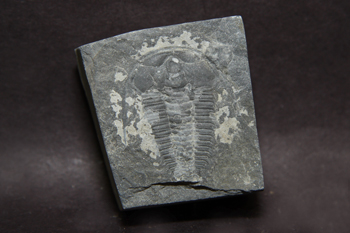
Redlichia
Lower Cambrian,
Sichuan, China
Size: 3 x 1.5cm
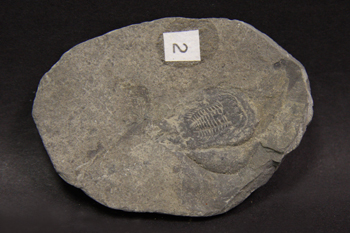
Bathynotus kueichonensis Lu
Lower Cambrian, China
Size: 1.5 cm
Arose early from the Redlichiida and gave rise to several other orders before disappearing in the Upper Ordovician.
Kaotaia,
Lower Cambrian,
Guizhou, China
Size: 0.5cm

Danzhaina
Lower Cambrian,
Guizhou, China
Size: 1.5 cm
Uncertain origin but appeared in the Middle Cambrian and was typically spiny. The development of spines may have been a defensive adaptation or as stabilization structures for slow-swimming, or for living on a loose sediment substrate.
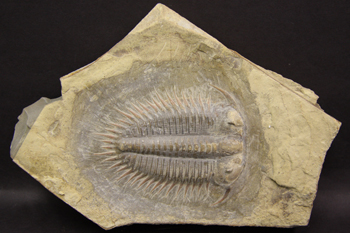
Damesella
Middle Cambrian, Shandong, China
Size: 9 x 6cm

Blackwelderia sinensis Bergeron
Upper Cambrian, Shandong, China
Size: 3.5 cm
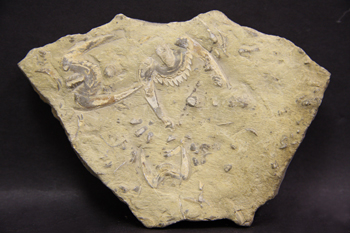
Drepanura is a trilobite recorded only from China. The pygidium of the genus, with a pair of large spines extending backward and outward, resembles a bat. During the Jin Dynasty the Drepanura-bearing rocks were called “Bianfushi” (meaning literally “stone with bat”) and were used for ancient ink stones.
Drepanura sp.
Upper Cambrian, Shandong, China
Sample Size: 10x7 cm
Order with a typically large pygidium, evolved from the Ptychopariida originating in the Middle Cambrian and extending to the Upper Silurian.

Asaphellus aristous Liu
Lower Ordovician, Yongshan,Hunan, China
Size: 10 cm
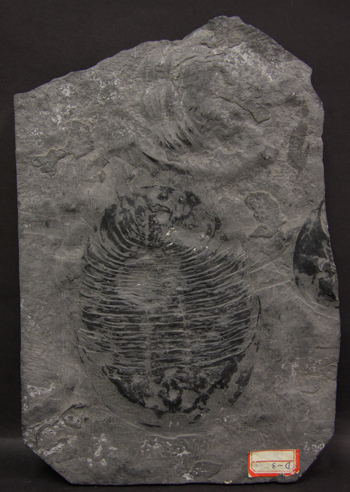
Xiangxia
Lower Ordovician, Hunan, China
Size: 14 x 10cm
An early order derived from Redlichiida and persisting to the Upper Devonian.
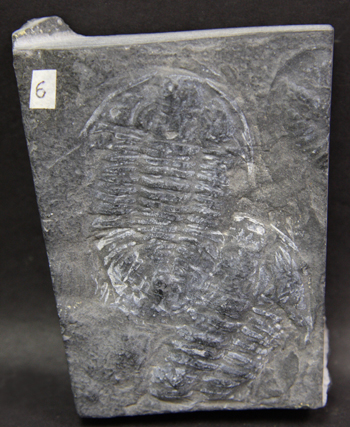
Annamitella convexa Liu
Lower Ordovician, Hunan, China
Size: 5 cm
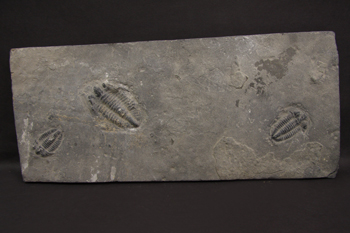
Annamitella
Lower Ordovician, Hunan, China
Size: one 6 x 4cm and two 2 x 5 cm species
Latest occurring order with an uncertain origin, arising in the Lower Ordovician and persisting to the end of the Devonian.
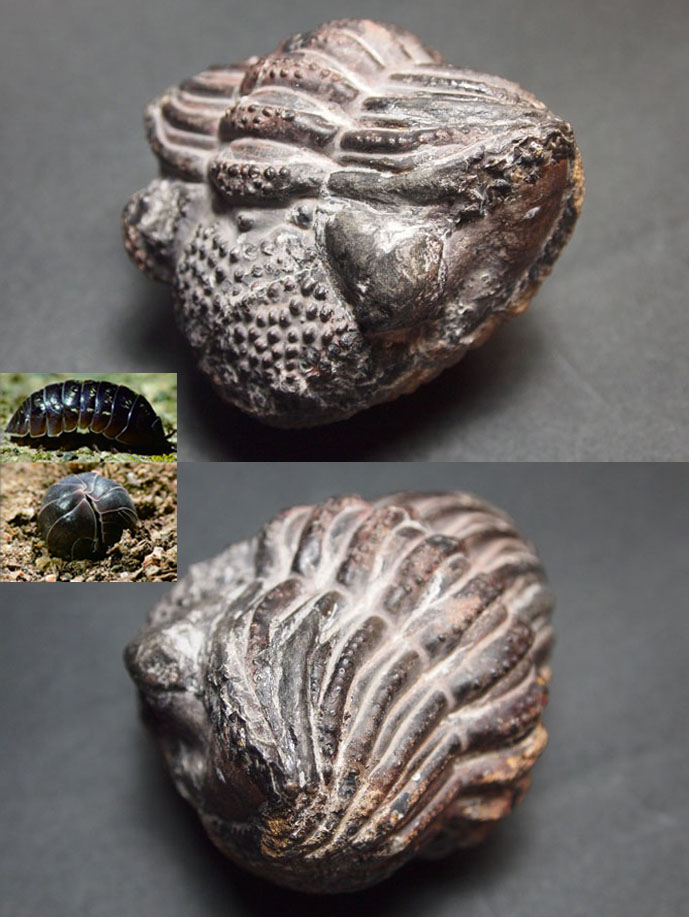
Phacops rana
Middle Devonian, Atlas Mountain, Morocco
Size: 5.5cm
Trilobite Phocops rana is characterized by its large eyes and its habit of curling with the exoskeleton on the outside fully closed. This behaviour is also common in some living arthropods such as in pill bugs or wood lice which curl up to protect themselves. By comparing the fossil trilobite to animals like pill bugs, palaeontologists infer that trilobites rolled up for protection from predators. At the time of their death they must have been rapidly covered by sediment preventing the animal to unroll and so preserving clues about their behaviour.
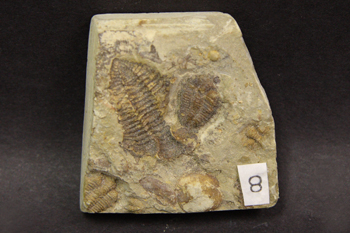
Coronocephalus changningensis Chang
Lower Silurian, Shanxi, China
Size: 1-2 cm
Coronocephalus ovatus Chang
Silurian
Hunan, China
Size: 5cm
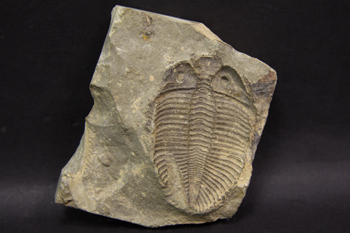
Coronocephalus
Silurian, Sichuan, China (mold and cast)
Size: 6 x 5.5cm